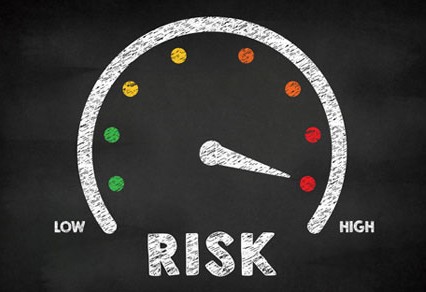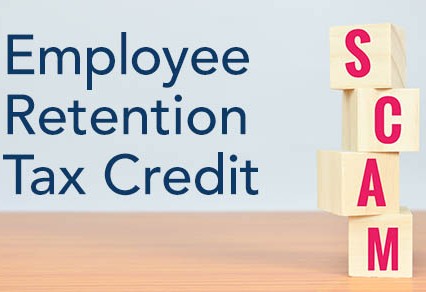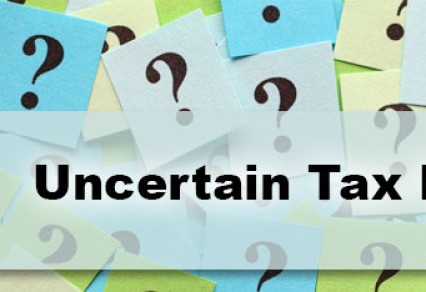New report identifies high-risk areas in financial reporting
Which areas of your organization’s financial statements pose the greatest risk of material misstatement? Here’s a recent report that may help identify high-risk accounts and transactions.



Which areas of your organization’s financial statements pose the greatest risk of material misstatement? Here’s a recent report that may help identify high-risk accounts and transactions.

Business owners: You can’t be too much of an early bird when it comes to succession planning. From a big picture perspective, there are three primary things you’ll need to think about.

Here’s how to get control of your overhead allocations and make better-informed pricing decisions in today’s volatile marketplace

Beware of fraudsters hyping the Employee Retention Tax Credit! Not all businesses are eligible despite the claims you may be hearing on TV or in mail, phone and email solicitations.

Don’t let your nonprofit’s audit preparation become a last-minute sprint. Plan early so you’ll have the right records ready for review. We offer suggestions.

Construction business owners: Does your company carry inventory? If so, you may be required to comply with Section 263A of the Internal Revenue Code. Here’s an overview.

Business owners: You know how important cybersecurity is to your company. If you’re thinking about buying cyberinsurance, here are some suggestions for optimizing the application process.

If you lead a private foundation, you must go out of your way to prevent anything that might be perceived as a conflict of interest or self-dealing. Here’s how to color within the lines and stay out of trouble.

Is your nonprofit’s HR staff stretched thin? It’s hard, especially for small teams, to do everything required. Outsourcing some HR functions to external professionals could help.

Should your company report tax positions taken (or to be taken) on tax returns before they’re resolved with the tax authorities? Here’s an overview of the accounting rules for uncertain tax positions under U.S. GAAP.

What would happen if one of your nonprofit’s volunteers harmed someone while volunteering for you? No matter how much you prize them, volunteers present litigation risks. We recommend four best practices..

Construction business owners, don’t fear the data! Choose and use the right key performance indicators to monitor your company’s performance.